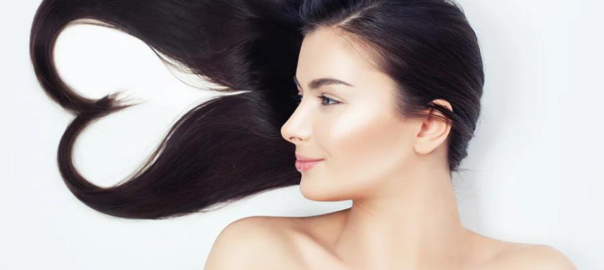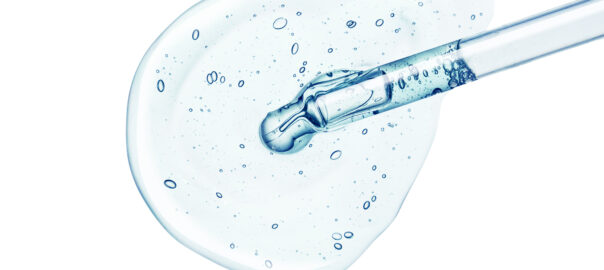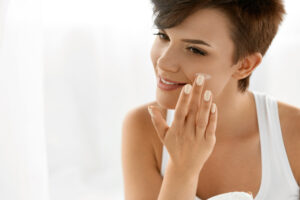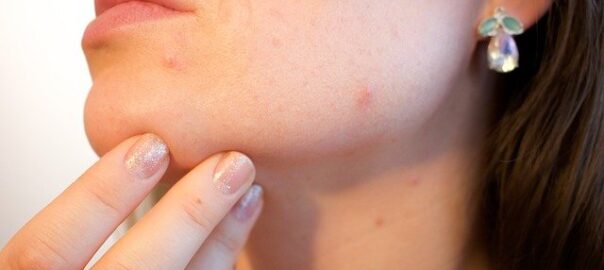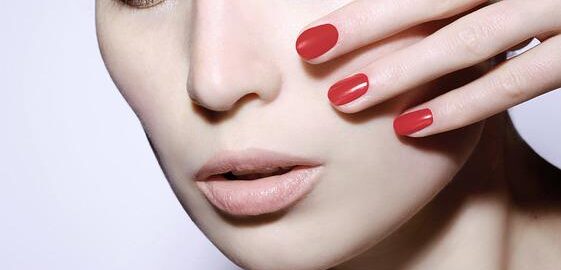In the realm of hair care, there’s a constant quest for the perfect solution that can revitalize our locks and unleash their true potential. Amidst the myriad of products and ingredients claiming miraculous results, one element that has recently garnered significant attention is betaine. Derived from natural sources such as sugar beets, wheat, and spinach, betaine has emerged as a game-changer in the world of hair care.
Betaine, also known as trimethylglycine, is a naturally occurring compound that offers a plethora of benefits for both scalp and hair health. While it has long been recognized for its positive impact on internal functions, such as liver health and cardiovascular function, its remarkable effects on hair quality have only recently come to light. As research expands and knowledge deepens, it becomes evident that Betaine possesses the potential to transform your hair care routine like never before.
This blog aims to delve into the wonders of betaine and Genencare OSMS BA, a highly purified Betaine as a critical ingredient in hair care products and explore its diverse range of benefits. From nourishing the scalp and strengthening hair follicles to enhancing moisture retention and combating hair damage, betaine has the ability to address multiple concerns simultaneously. Whether you’re battling dryness, frizz, thinning, or longing for lustrous locks, betaine could be the missing piece in your haircare puzzle.
Throughout this blog, we will explore the science behind Betaine’s effectiveness, its mechanisms of action, and its compatibility with different hair types. Additionally, we will uncover the best practices for incorporating betaine into your hair care routine. Whether you’re a haircare aficionado searching for the next breakthrough ingredient or an individual longing for a confidence-boosting transformation, read along as we unlock the power of Betaine and embark on a journey towards healthier, more radiant hair. Let’s dive in and discover the untapped potential of this remarkable compound.
What is Betaine?
Betaine, chemically known as trimethylglycine (TMG), is a naturally occurring compound found in various plant and animal sources. It is derived from choline, an essential nutrient, through a process known as methylation. Betaine gets its name from its discovery in sugar beets (Beta vulgaris), but it is also found in other foods like wheat, spinach, quinoa, and shellfish. 
Structurally, betaine consists of three methyl groups attached to a glycine molecule, giving it a positive charge. This unique molecular structure contributes to its beneficial properties and functionality in various biological processes.
While betaine has gained recognition in the field of haircare, its applications extend far beyond that. In fact, its benefits have been studied and appreciated in different areas of health and nutrition. Betaine plays a crucial role in maintaining optimal bodily functions, such as liver health, cardiovascular health, and methylation processes.
Betaine acts as an osmolyte, meaning it helps regulate the balance of fluids and ions within cells, allowing them to maintain their shape and function under stress. This property is particularly significant in protecting cells from environmental challenges, such as heat, dehydration, and high salt concentrations. In the context of hair care, this osmolytic function of betaine aids in preserving the structural integrity of hair cells and protecting them from damage caused by external factors.
One of the notable attributes of betaine is its ability to enhance moisture retention. It helps to attract and retain water molecules, thereby improving hydration levels in the scalp and hair strands. This moisture-retaining property is particularly beneficial for individuals with dry, brittle, or frizzy hair, as it helps restore and maintain the hair’s natural moisture balance, resulting in improved softness, manageability, and overall hair health.
Moreover, betaine exhibits anti-inflammatory properties, which can help soothe and calm an irritated or inflamed scalp. It may assist in alleviating scalp conditions like dandruff, itching, and redness, making it an excellent ingredient for those dealing with scalp sensitivity or conditions related to inflammation.
In terms of hair growth and strength, betaine has been found to nourish and support hair
follicles. It helps fortify the hair strands, reducing breakage and brittleness. By promoting a healthy scalp environment and strengthening the hair shafts, betaine contributes to fuller,
thicker, and more resilient hair.
While betaine can be derived naturally from dietary sources, it is also utilized in the formulation of hair care products, shampoos, conditioners, and treatments. These products harness the beneficial properties of betaine to deliver targeted benefits for hair and scalp health.
As research continues, scientists and beauty experts are uncovering even more potential
applications of betaine in the realm of haircare. From its moisturizing and nourishing properties to its ability to protect against damage and inflammation, betaine offers a versatile solution for individuals seeking to transform their hair care routine and unlock the full potential of their locks.
Characteristics of Betaine
● Osmolytic Properties:
Betaine acts as an osmolyte, meaning it helps regulate the balance of fluids and ions within cells. This property allows cells to maintain their shape and function under various stressors, such as heat, dehydration, and high salt concentrations. In the context of haircare, this osmolytic function helps protect and maintain the structural integrity of hair cells, preventing damage caused by environmental factors.
● Hygroscopic Nature:
Betaine is highly hygroscopic, meaning it has the ability to attract and retain moisture from its surroundings. This characteristic makes it an excellent ingredient for hair care products aimed at hydrating and moisturizing the hair and scalp. Betaine helps improve the water content and hydration levels of the hair, leading to enhanced softness, manageability, and overall hair health.
● Anti-Inflammatory Properties:
Betaine exhibits anti-inflammatory properties, which can help soothe and calm an irritated or inflamed scalp. It may assist in reducing symptoms associated with scalp conditions such as itching, redness, and dandruff. By promoting a healthier scalp environment, betaine contributes to optimal hair growth and overall scalp health.
● Compatibility with Formulations:
Betaine is water-soluble, making it easy to incorporate into various hair care formulations,
including shampoos, conditioners, masks, and serums. It can be easily blended with other
ingredients and provides excellent compatibility in different product formulations, ensuring optimal delivery and efficacy.
● Biodegradability:
Betaine is readily biodegradable, meaning it can break down naturally and safely in the
environment without causing harm or polluting water sources. This characteristic makes betaine an eco-friendly choice for sustainable hair care products, aligning with the growing demand for environmentally conscious beauty options.
● Versatility:
Betaine exhibits versatile properties that benefit a wide range of hair types and concerns. It can be used to address issues such as dryness, frizz, breakage, and scalp sensitivity. Whether you have curly, straight, fine, or thick hair, betaine can be incorporated into your haircare routine to enhance overall hair health and appearance.
● Nutrient Support:
Betaine provides essential nutrients to the hair follicles, supporting their growth and overall health. It helps nourish the hair roots, promoting the production of stronger and healthier strands. Betaine’s nutrient support contributes to fuller, thicker, and more resilient hair over time. These characteristics make betaine a highly desirable ingredient in the realm of haircare, offering multiple benefits for the scalp and hair. Its ability to regulate moisture, reduce inflammation, and support overall hair health makes it a versatile compound for addressing various hair concerns and achieving optimal hair vitality.
Betaine for Hair Care; Everything you need to know 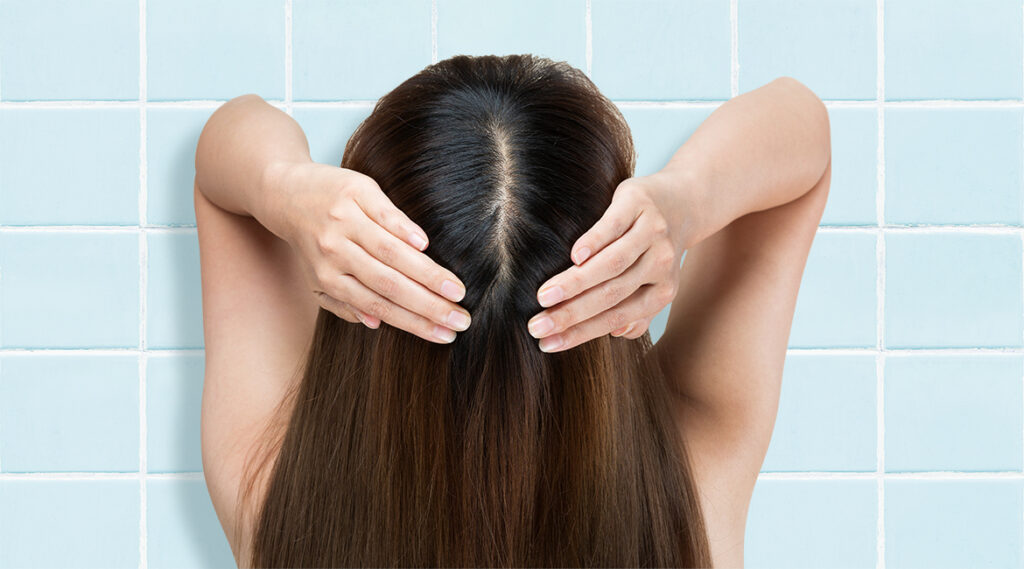
● Moisture Retention:
One of the standout attributes of betaine is its ability to attract and retain moisture. By forming hydrogen bonds with water molecules, betaine helps to hydrate the hair strands and scalp, preventing dryness and promoting optimal moisture balance. This is particularly beneficial for individuals with dry, brittle, or frizzy hair, as betaine can restore and maintain the hair’s natural moisture, resulting in improved softness, manageability, and overall hair health.
● Strengthening and Protection:
Betaine plays a vital role in fortifying the hair strands and protecting them from damage. It
helps to improve the structural integrity of the hair shafts, reducing breakage, split ends, and brittleness. By strengthening the hair fibers, betaine promotes healthier and more resilient hair.
● Scalp Health:
A healthy scalp is crucial for luscious and vibrant hair. Betaine exhibits anti-inflammatory
properties, which can help soothe and calm an irritated or inflamed scalp. It may assist in
alleviating scalp conditions like dandruff, itching, and redness. By creating a harmonious scalp environment, betaine promotes optimal hair growth and ensures a healthy foundation for your locks.
● Nourishment and Growth:
Betaine nourishes and supports hair follicles, promoting hair growth and thickness. It provides essential nutrients to the hair roots, stimulating the production of stronger and healthier strands. Regular use of betaine-infused hair care products can contribute to fuller and thicker hair over time.
● Protection against Environmental Stressors:
Hair is constantly exposed to various environmental stressors, such as UV radiation, pollution, and heat styling tools. Betaine acts as a protective shield, guarding the hair against damage caused by these external factors. It helps to maintain the hair’s natural moisture barrier and prevents excessive dryness and protein loss.
● Compatibility with Different Hair Types:
Betaine is suitable for various hair types, including curly, straight, thick, or fine hair. It is a
versatile ingredient that can address multiple hair concerns simultaneously. Whether you’re looking to improve hydration, strengthen your strands, or enhance overall hair health, betaine can be a valuable addition to your hair care routine. To incorporate betaine into your hair care regimen, look for shampoos, conditioners, masks, or serums that contain this beneficial ingredient. One such example that contains highly purified Betaine is Genencare OSMS BA. This product will help you experience the transformative effects
of betaine firsthand.
In conclusion, betaine offers a range of advantages for hair care, including moisture retention, strengthening, scalp health, nourishment, and protection against environmental stressors. By harnessing the power of betaine, you can elevate your hair care routine and unlock the potential for healthier, more beautiful hair.
Why should you choose Genencare OSMS BA, the moisturizing osmolyte?
● Stronger, Smoother, Healthier-Looking Hair:
Genencare OSMS BA strengthens the hair strands by improving their structural integrity,
reducing breakage, and preventing split ends. As a result, hair appears stronger, smoother, and healthier overall.
Reduced Frizz in Humid Environments:
Humidity can often lead to frizzy hair, making it difficult to manage and style. Genencare OSMS BA, containing highly purified Betaine, helps retain moisture in the hair, preventing excessive moisture absorption from the environment. This, in turn, reduces frizz and helps maintain a sleek, controlled hairstyle, even in humid conditions.
Prevention of Split Ends and Broken Hair:
Split ends and hair breakage are common concerns for many individuals. Genencare OSMS BA nourishes and fortifies the hair strands, reducing the occurrence of split ends and broken hair. By improving the hair’s strength and resilience, betaine helps maintain healthier hair lengths and promotes length retention.
Scalp Protection from Dehydration:
A well-hydrated scalp is essential for optimal hair health. Betaine’s ability to attract and retain moisture helps to keep the scalp hydrated, preventing dryness and itchiness. A moisturized scalp contributes to a healthy environment for hair growth and minimizes discomfort associated with dry scalp conditions.
Mildness and Mitigation of Surfactant Irritation:
Surfactants, commonly found in shampoos and other hair care products, can sometimes cause scalp and hair irritation. Betaine acts as a mild and gentle ingredient, mitigating the potential irritation caused by surfactants. By incorporating betaine into haircare products, manufacturers can create formulations that are milder and more suitable for individuals with sensitive scalps.
Improved Foam Sensory during Use:
Foam sensory refers to the overall experience of using a hair care product, particularly the
lathering and foaming aspects. Betaine enhances the foam sensation during product application, creating a rich and luxurious lather. This not only improves the user experience but also ensures efficient distribution of the product throughout the hair, enhancing its effectiveness.
By considering these consumer benefits, it becomes evident that incorporating Genencare OSMS BA, a highly purified Betaine product into haircare products can lead to stronger, smoother, and healthier-looking hair. It addresses concerns like frizz, split ends, and scalp dehydration while also providing a gentle and enjoyable experience during product use. Betaine’s versatility and effectiveness make it a valuable ingredient in hair care formulations, catering to the needs of a wide range of consumers.
Benefits of Incorporating Betaine in Your Formulations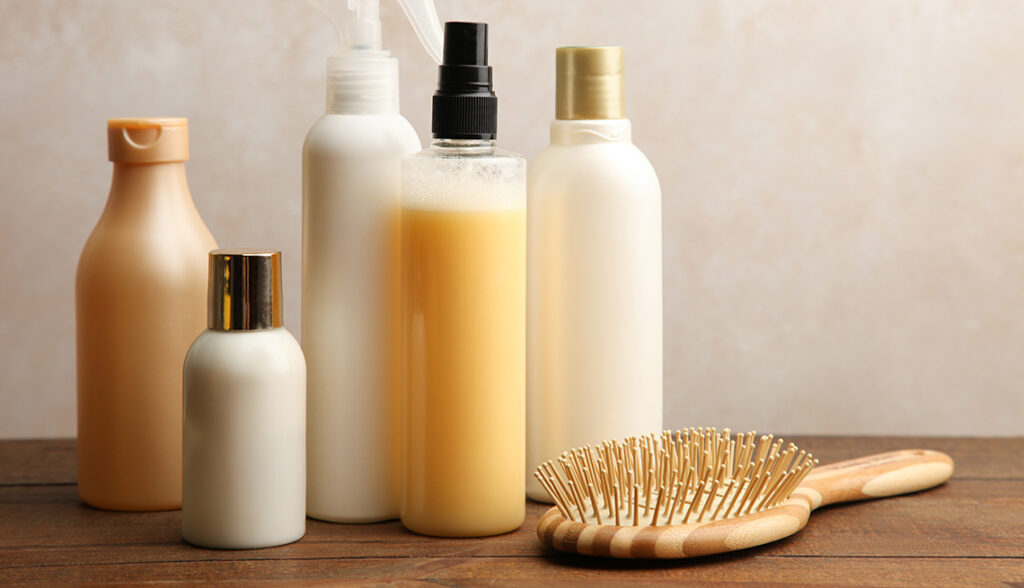
● Scientifically demonstrated mode of action, many instrumental tests:
The brand can showcase the scientific evidence supporting the effectiveness of their betaine-based hair care products. This can include studies and instrumental tests demonstrating the specific ways in which betaine interacts with the scalp and hair, highlighting its beneficial properties and mechanisms of action.
● Clinical efficacy:
The brand can provide clinical data or studies that demonstrate the efficacy of their betaine-infused products. This includes before-and-after measurements or evaluations that show the positive impact of betaine on hair health, such as improved moisture retention, reduced breakage, increased shine, or enhanced scalp condition.
● Upcycled natural origin ingredient:
If the brand sources betaine from United Descaler, they can emphasize this eco-friendly aspect. Upcycling refers to the process of transforming waste or by-products into valuable materials, reducing waste, and promoting sustainability.
● Aligned with the zero-waste beauty trend:
The brand can position itself as aligned with the growing zero-waste beauty movement. This means they prioritize sustainable packaging, minimal use of plastic, and overall waste reduction throughout their production and distribution processes.
● Story on 360°C action on both scalp and hair:
The brand can emphasize that their betaine-based products offer comprehensive benefits for both the scalp and hair. This 360-degree approach ensures that the products address various concerns, such as scalp health, moisture retention, strengthening, and overall hair vitality.
● Readily biodegradable and non-ecotoxic:
Betaine is known to be readily biodegradable, meaning it can break down naturally and safely in the environment without causing harm. The brand can highlight this characteristic, emphasizing that their products are environmentally friendly and have minimal ecological impact.
● Water-soluble and easy to formulate:
Betaine’s water solubility makes it easy to incorporate into different hair care formulations. The brand can highlight that their products are well-formulated and provide optimal delivery and efficacy of betaine to the hair and scalp.
● Potential alternative to synthetic conditioners:
Betaine’s conditioning properties make it a potential alternative to synthetic conditioners. The brand can position their betaine-infused products as a natural and effective option for those seeking alternatives to conventional hair conditioners without compromising on performance.
By highlighting these brand benefits, companies can effectively communicate the unique selling points of their betaine-based hair care products. Additionally, Genencare OSMS BA from United Descaler assures quality and also decreases the carbon footprint, which can help to differentiate their brand in the market and attract consumers who prioritize scientific efficacy, sustainability, and natural alternatives in their hair care routine.
Recommended Application of Betaine
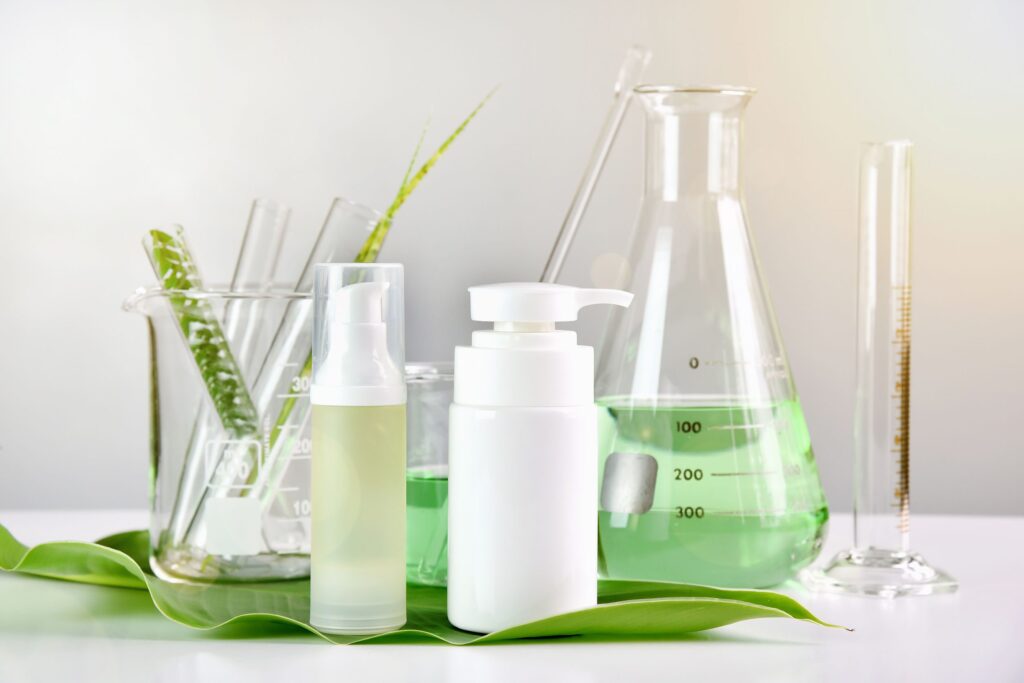 Let’s dive into the application details of betaine.
Let’s dive into the application details of betaine.
● Recommended Use:
Betaine is typically recommended for use in skincare and hair care formulations at a
concentration of 1-4%. This range ensures optimal effectiveness while allowing for compatibility with other ingredients in the formulation. It is important to note that the specific recommended use may vary depending on the desired product and its intended benefits. Therefore, it is advisable to refer to the guidelines provided by the manufacturer or consult a formulation expert for precise dosage recommendations.
● Aspect:
Betaine is available in the form of a colorless liquid. This means that it does not add any
significant color to the final product. The colorless aspect of betaine makes it versatile and
suitable for a wide range of cosmetic formulations without impacting the desired color or
appearance of the product.
● pH:
The pH range for betaine is typically between 4 and 5. pH is a measure of acidity or alkalinity, with lower values indicating higher acidity. The pH of betaine falls within a slightly acidic range, which is beneficial for maintaining the natural pH balance of the skin and hair. This pH range supports the overall health and function of the skin and hair.
● Solubility:
Betaine is hydrophilic, meaning it is soluble in water-based formulations. This characteristic makes it easy to incorporate into various cosmetic products, including shampoos, and conditioners. The hydrophilic nature of betaine allows it to blend seamlessly with other water- soluble ingredients, contributing to the formulation’s stability and effectiveness.
● Thermo-stability:
Betaine exhibits good thermal-stability, meaning it remains stable under typical temperature conditions encountered during formulation. However, it is recommended to add betaine to formulations at a temperature below 40°C (104°F). This temperature limitation ensures that the betaine retains its properties and effectiveness during the formulation process. It is essential to follow proper heating and cooling procedures when incorporating betaine into formulations to maintain its integrity.
Considering these application details, formulators can effectively incorporate betaine into their skincare and hair care formulations. The colorless liquid form and hydrophilic nature of betaine make it easy to blend and formulate with other ingredients. The recommended pH range ensures compatibility with the skin’s natural balance, and the recommended use percentage provides flexibility in achieving the desired effects. Lastly, the thermo-stability guidelines ensure that betaine maintains its efficacy throughout the formulation process.
In a Nutshell…
Betaine is a powerful ingredient that can transform your hair care routine. Its scientifically
proven effectiveness, ability to retain moisture, and promote scalp health make it a game-changer. Whether you’re looking to combat dryness, strengthen your strands, or align with eco-friendly practices, betaine is the solution. Embrace Genencare OSMS BA, a highly purified betaine and experience the remarkable benefits it brings to your hair, unlocking its true potential for health and beauty.

